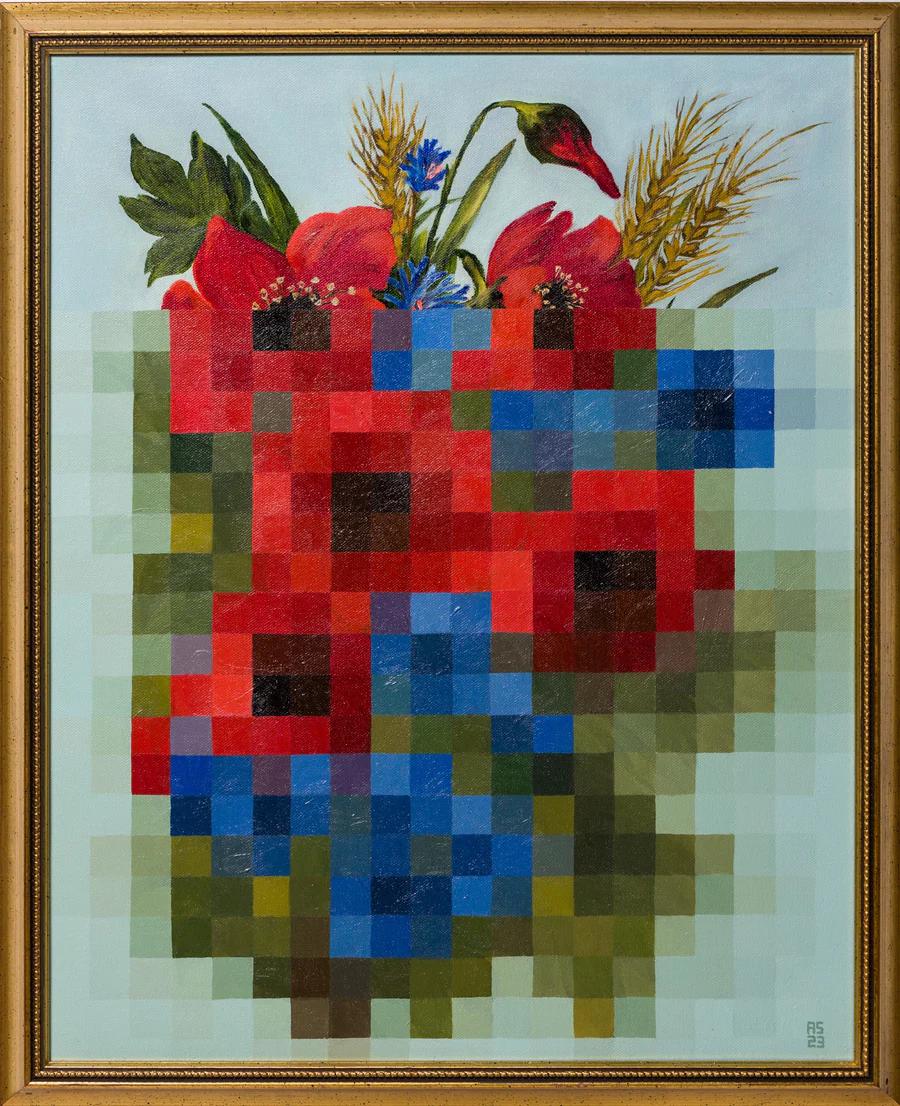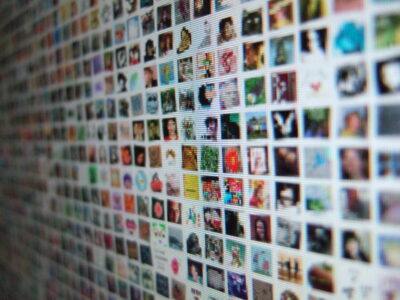This course is built around questions. It started as I was teaching a review-writing course and realized that we’re relying less and less on reviewers and more on recommender systems (recommendation algorithms) to discover new creative works. And so this course is crafted to tackle some big questions: How do we decide what creative works to engage with? How did people discover what they loved before the Internet? How often is an algorithm influencing what we choose to watch, read, or listen to? What is the relationship between recommender systems and human reviewers? Are social media influencers critics?
These are some of my questions. I’ve designed this course so it is also (even more!) shaped by the questions that emerge for you about this topic. This might take us in a direction I can’t predict while writing this course description in August. I hope this happens. There is no requirement that you memorize or become an expert in any of the concepts we discuss, though I suspect we will all leave feeling more aware of the network of algorithms that shape our experiences. I do strongly recommend that you bring your own interests, experiences, and questions to the work of the course. I will be writing posts and citing creative works that we will all read, watch, or listen to together, but you will complete your assignments by engaging with creative works that you have chosen. My taste is probably not your taste, but I am endlessly fascinated by the things my students find beautiful, compelling, and thought-provoking. It has often inspired my own interest in artists that I wasn’t familiar with (like Sherente Harris, who a student reviewed in a previous course) or genres (like machinima, which a student researched to improve a Wikipedia article).
Featured Image
“Bouquet X” by André Schulze. All Rights Reserved.
Andre Schulze is an artist who takes vintage oil paintings and obscures sections with square pixels (you can see his process below as an Instagram reel). You are looking at an image of his completed painting on a screen. The painting has already been transformed into pixels for you (albeit, many more than he uses in his painting). You are seeing a digital image (millions of pixels) of a painting that features pixels made of oil paint.




